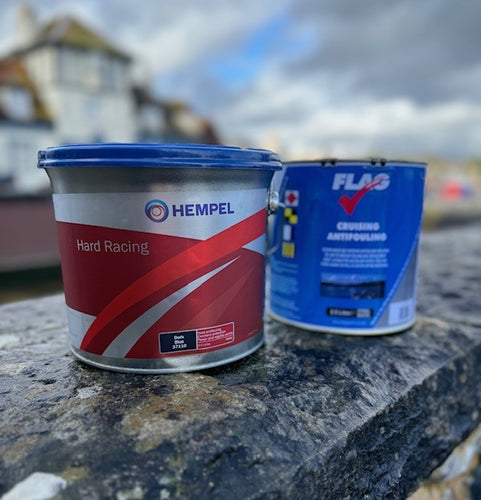
Choosing the Right Antifouling: A Guide for Boat Owners
Title: Choosing the Right Antifouling: A Guide for Boat Owners
Introduction: Owning a boat is a rewarding experience, but it comes with its fair share of maintenance tasks, one of the most crucial being antifouling. Antifouling coatings are essential for preventing the accumulation of marine growth on the hull of your boat, which can affect its performance and fuel efficiency. However, with a wide range of antifouling products available, choosing the right one for your boat can be daunting. In this blog post, we'll provide a comprehensive guide to help you select the best antifouling solution for your vessel.
Understanding Antifouling: Antifouling coatings are specially formulated paints or treatments applied to the underwater hull of boats to prevent the attachment and growth of marine organisms such as barnacles, algae, and mollusks. These organisms can increase hydrodynamic drag, reduce fuel efficiency, and lead to corrosion and damage if left unchecked.
Factors to Consider When Choosing Antifouling:
-
Boat Type and Material: The type of boat you own and its construction material (e.g., fiberglass, wood, aluminum) will influence the type of antifouling suitable for your vessel.
-
Water Conditions: Consider the salinity, temperature, and nutrient levels of the water in which your boat operates. Different antifouling paints are designed to perform optimally in specific marine environments.
-
Boat Usage: Assess how often and where you use your boat. High-frequency usage in warm, nutrient-rich waters may require a more durable antifouling solution compared to occasional use in cooler waters.
-
Local Regulations: Be aware of local regulations regarding the use of antifouling paints, especially those containing biocides such as copper or tributyltin (TBT), which may be restricted or banned in certain areas due to environmental concerns.
Types of Antifouling:
-
Hard Antifouling: These paints contain biocides and are designed to create a smooth, hard surface that prevents marine growth. Suitable for fast boats and vessels that remain in the water year-round.
-
Soft Antifouling: Soft antifouling paints release biocides over time, creating a toxic environment that deters fouling organisms. Ideal for slower vessels and boats that are hauled out of the water periodically.
Conclusion: Choosing the right antifouling solution for your boat is essential for maintaining its performance, appearance, and longevity. By considering factors such as boat type, water conditions, usage patterns, and local regulations, you can make an informed decision that meets your needs while minimizing environmental impact. Whether you opt for hard, soft, copper-free, or specialty antifouling, regular maintenance and proper application are key to ensuring optimal protection against fouling and preserving the integrity of your vessel for years to come.
